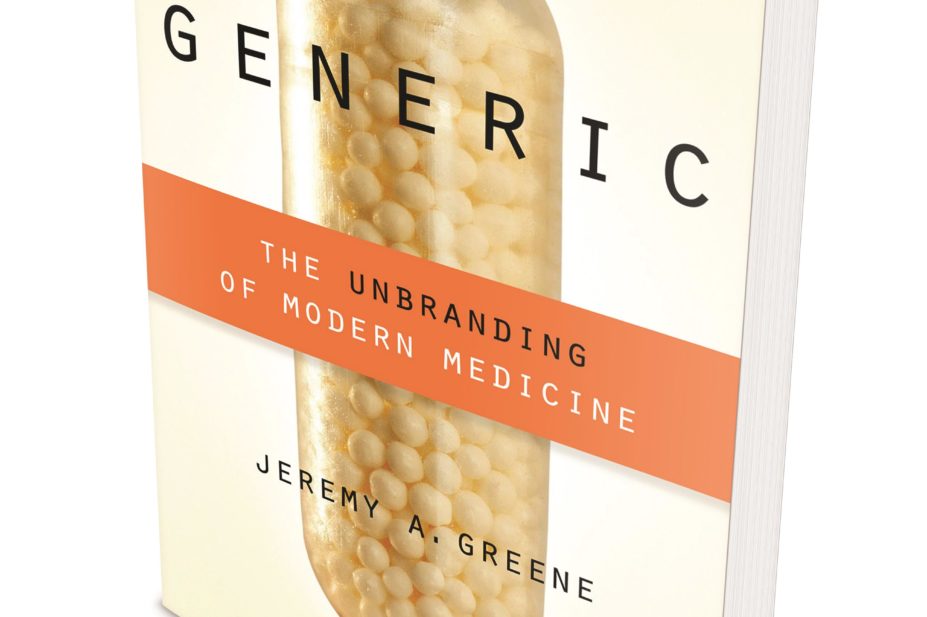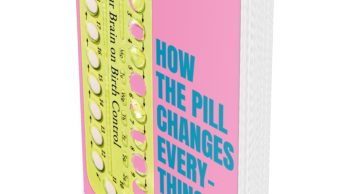
The dispensing of generic drugs is, in all probability, a daily occurrence for most community pharmacists and hospital pharmacists in the UK. These medicines, less expensive than their branded counterparts, offer considerable savings for a cost-constrained NHS. However, because the colours, shapes and ingredients can often vary for the “same” medicines, it is clear that they are not identical.
Pharmacists and patients alike rely on regulatory authorities to ensure that generic medicines are the same in all the ways that matter. Physician and historian Jeremy Greene examines the question of “sameness” for generic drugs and chronicles the history of the generic drug industry in the United States. Greene explores some of the scientific considerations that have addressed the issue of generic equivalence over the years. The reader is introduced to the pharmacological, physiological and pharmaceutical aspects of generic equivalence, and Greene describes the birth of a new field of study, biopharmaceutics, in the 1950s.
Much of the book, however, is turned over to discussion of the economics and politics of generic substitutions, which, as Greene explains, has proven to be a contentious issue over the past 70 years. The book is primarily focused on the US healthcare system, providing glimpses into evolution of the US Food and Drug Administration and the role of the US senate and the pharmaceutical lobby in healthcare decisions. Greene also addresses the role of the patient as a “consumer”.
It provides a real insight into the history of the US pharmaceutical industry during the 20th century and describes how blockbuster drugs, generics, counterfeit medicines, and “me-too” drugs (a drug that is structurally similar to already known drugs, with only minor differences) have all shaped the model of drug development we have today. Moreover, the book gives a glimpse into the cultural history of consumerism in the United States by examining how generic drugs were perceived by a paying public and how marketing was used to influence this.
The text is very much a historical account and will be of most interest to pharmacists with an enthusiasm for the history of pharmacy, rather than those looking for a detailed scientific examination of generic products.
References
‘Generic: the unbranding of modern medicine’, by Jeremy A Greene. Pp354. Price £19.50. Baltimore: John Hopkins University Press; 2014. ISBN 978 1 421 414935


